Seven Must-See Museums in Austria
Art, music and open-air delights
/https://tf-cmsv2-smithsonianmag-media.s3.amazonaws.com/filer/03/25/03251376-be81-470c-ac01-a15130b3e9b0/kunst889.jpg)
Austria's cultural impact far exceeds the country's small size. From the 18th through the early 20th century, it was home to some of the world's most famous artists and musicians, giving rise to or hosting greats like Beethoven, Mozart and Gustav Klimt. The flourishing of the arts was due in large part to the support of the Habsburg monarchs, whose love of grandiose architecture, music and art collecting transformed Austria, and particularly Vienna, into a cultural capital.
Luckily, many of these great works, as well as pieces from the 20th century Art Nouveau and Actionism movements are now on display in the country's superb museums. Beyond the visual arts, Austria's many museums house massive natural history collections and fascinating portals to the past. With so many good options, it can be hard for a museum-lover to choose just one...or two...or three. Whether you're in the country for a few days or a few months, here are seven museums you won't want to miss:
Kunsthistorisches Museum, Vienna
Art lovers won't want to miss the crown jewel of Austria's museum scene—a museum with an interior that's as stunning as its collection. Also known as the Museum of Fine Arts, the Kunsthistorisches Museum Wien was founded to show off the Habsburgs' lavish array of artworks. Opened in 1891, in a building commissioned by Emperor Franz Joseph I, the museum's perminant displays include works by Michelangelo, Rubens, Rembrandt, Dürer and Raphael. The museum is best known for its large collection of paintings by Northern Renaissance master Pieter Bruegel the Elder. "Hunters in the Snow" shows Bruegel's take on a chilly, pastoral Dutch peasant scene—a taste of idyllic country life that's one of Bruegel's most famous works. Other collection highlights include antiquities, coins and historic musical instruments.
If you can't visit Vienna, you can still view some of the Kunsthistorisches Museum's best works: Google has digitized some of its collection and offers a virtual view of its interior.
Naturhistorisches Museum, Vienna
Facing the Kunsthistorisches Museum is its equally impressive neighbor. Devoted entirely to natural history, the Naturhistorisches Museum Wien opened at the same time as the art museum. It houses over 30 million objects that catalog the history, evolution and variety of life on Earth—and beyond. Featuring a planetarium and animal specimens galore, it's a nature lover's playground in a palatial setting.
The museum is known for its large collection of dinosaur bones, including an entire dinosaur hall, and the world's largest exhibit of meteorites. Another highlight is the 28,000-year-old Venus of Willendorf figure—one of the most famous prehistoric sculptures. The Paleolithic representation of a fertile woman was found in Austria, and some theorize it's a precursor of the Venus goddess.
Whether you're scouring the collection of gems for your favorite treasure or scoping out a meteorite from Mars, the Naturhistorisches Museum is a great place to unwind amidst the wonders of the natural world.
Heeresgeschichtliches Museum, Vienna
This museum's name is a mouthful—it's best translated as the Military Historical Museum. It's known as one of the world's most important history museums and manages to uphold that reputation with a collection of some of history's most significant military artifacts. Inside, you can view everything from elaborate frescoes illustrating the county's various wars to the car in which Archduke Franz Ferdinand was shot to death, sparking World War I. Outside is the "tank garden," a yard filled with combat tanks dating from the Soviet period to the present. (If you're at the museum in the summer, you might even catch live demonstrations of the vehicles.)
While displaying an impressive collection of weaponry, armaments, medals and badges of honor, the Heeresgeschichtliches Museum doesn't shy away from the horrors of war. Blood-soaked uniforms, battle-scared helmets and remnants of Nazi brutality are all contained in its collection—one that highlights Austria's sober, but still fascinating, legacy of armed conflict.
MuseumsQuartier, Vienna
Another of Vienna's must-sees isn't a single museum—it's an entire cultural area. MuseumsQuartier is a mashup of Baroque buildings (that were once the imperial stables) and contemporary architecture. The complex houses multiple museums, including the Leopold Museum, which features the world's largest collection of works by Egon Schiele and other Austrian masters like Gustav Klimt. One of the Leopold's most famous holdings is Klimt's "Death and Life," in which a Grim Reaper lurks next to a chaotic collage of people of all ages and life stages. Next door is the Museum Moderner Kundst Stifgung Ludwig Wien (Mumok), which is central Europe's biggest modern art museum, and Kunsthalle Wien, an important exhibition space for contemporary art.
You may head to MuseumsQuartier for a taste of visual arts, but stay for other kinds of cultural experiences: From artists in residence to dance performances to architectural exhibits, the MuseumsQuartier can provide enough interest for a quick afternoon or a week of cultural bliss.
Mozart's Birthplace, Salzburg
If you're into music, you won't want to miss the place where one of the most impressive composers in history got his start. Tucked into a city street in Salzburg, Mozart's birthplace is now one of the world's most popular museums. And with good reason: The museum features plenty of traces of the composer's youth and vaunted musical career, from the child prodigy's violin to artifacts from his operas. Not a classical fan? Try the museum anyway: The house itself offers an intriguing peek into daily life in the 18th century.
Österreichisches Freilichtsmuseum Stübing, Graz
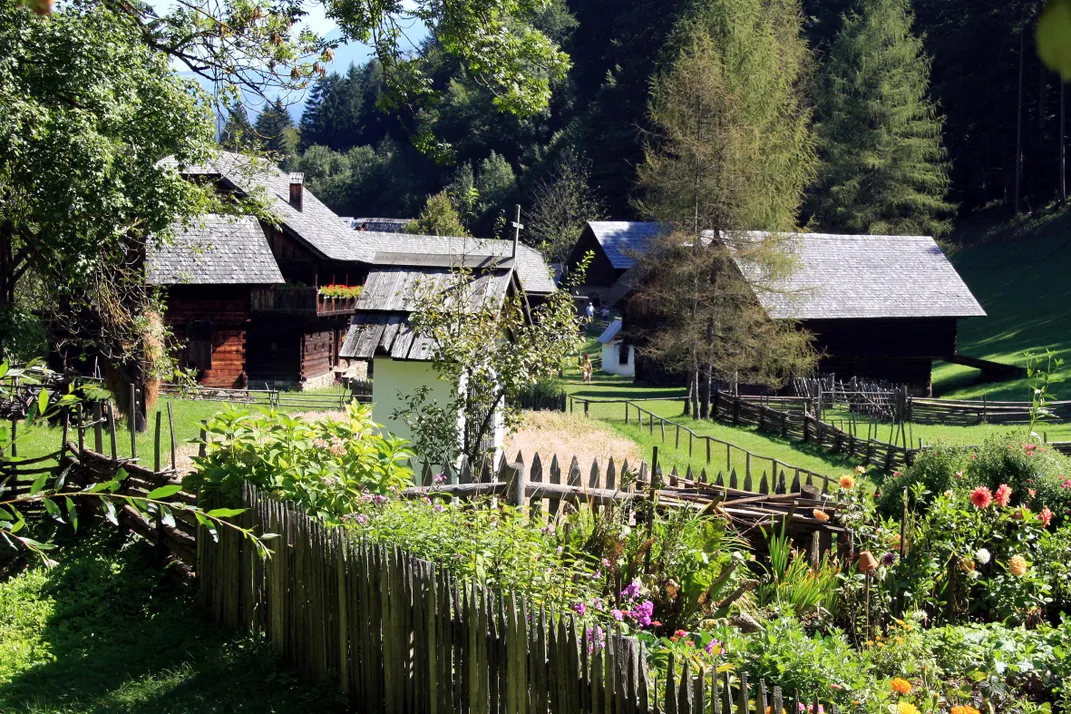
Speaking of everyday life, why not add an open-air museum to your agenda? Tucked in an idyllic valley near Austria's second-largest city, Graz, is the largest museum of its kind—an outdoor museum complex featuring over 100 historic buildings in the midst of scenic forests, farms and meadows. The Österreichisches Freilichtsmuseum is a shrine to traditional village life and craft culture. Tour old houses (the oldest dates from the Medieval period), explore heirloom herb gardens and watch artisans carry out the tasks of times past in a series of rotating exhibitions and guided walks of historic farmsteads.
The museum, which prides itself on showcasing historic buildings from all over Austria, is a portal into yesteryear. But the setting of the Freilichtsmuseum feels so serene, it's as much an urban retreat as a peek into the history of vernacular architecture.
Kunsthaus Graz, Graz
If you're ready to plunge back into city life, don't forget to stop by one of Austria's most famous architectural marvels. Kunsthaus Graz is an art museum tucked inside a bizarre and beautiful structure better known as "The Friendly Alien." The building is fitting for a contemporary art museum: It manages to be a conversation-starting blob, a solar power generator and even a video screen all at once.
The museum does not have a permanent collection, but offers a constantly changing showcase of installations, film, new media and other forms of contemporary art. On the website, the museum's founders state that they see the museum as "an instrument of art communication"—an ever-changing, organic and completely different kind of museum.
/https://tf-cmsv2-smithsonianmag-media.s3.amazonaws.com/accounts/headshot/erin.png)
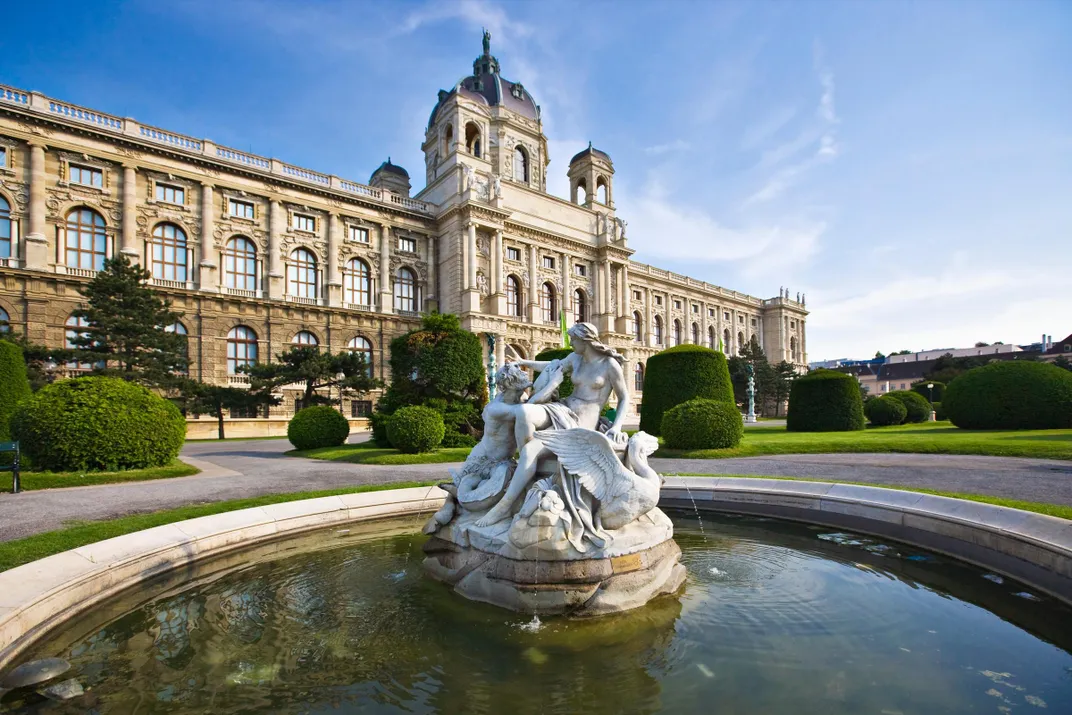
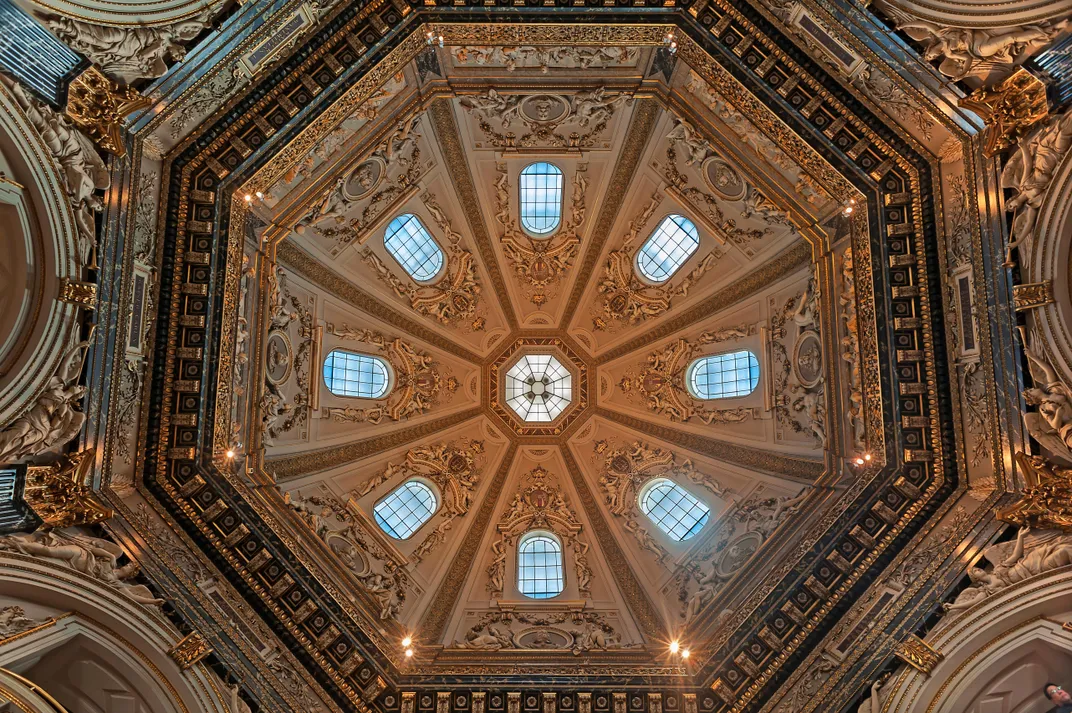
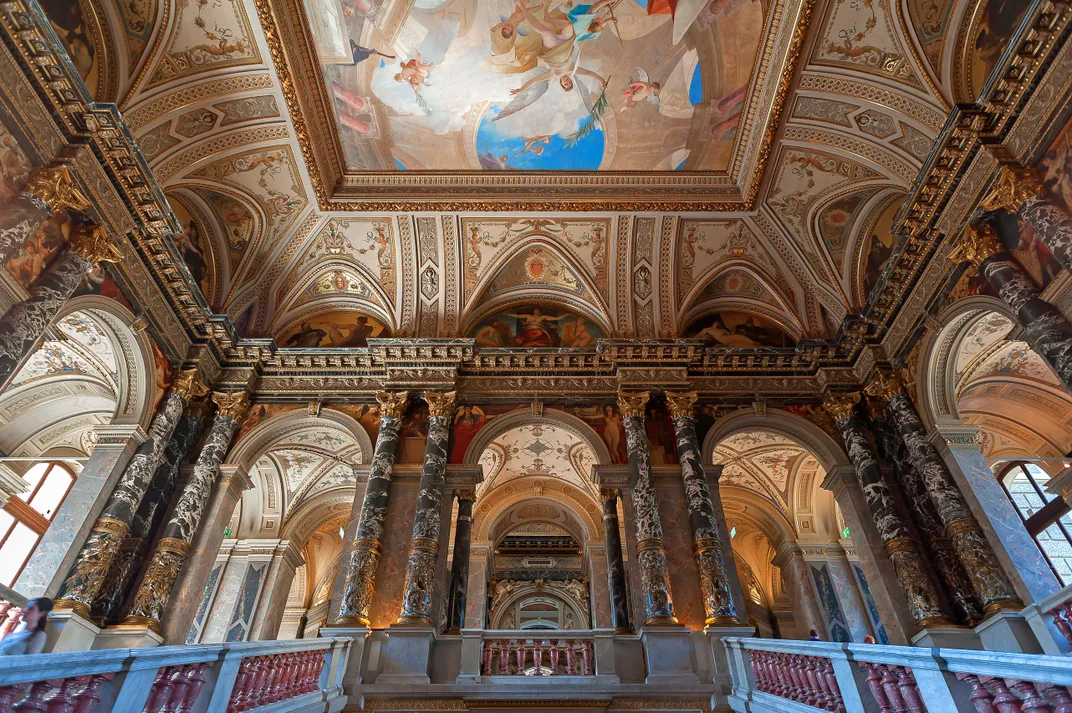
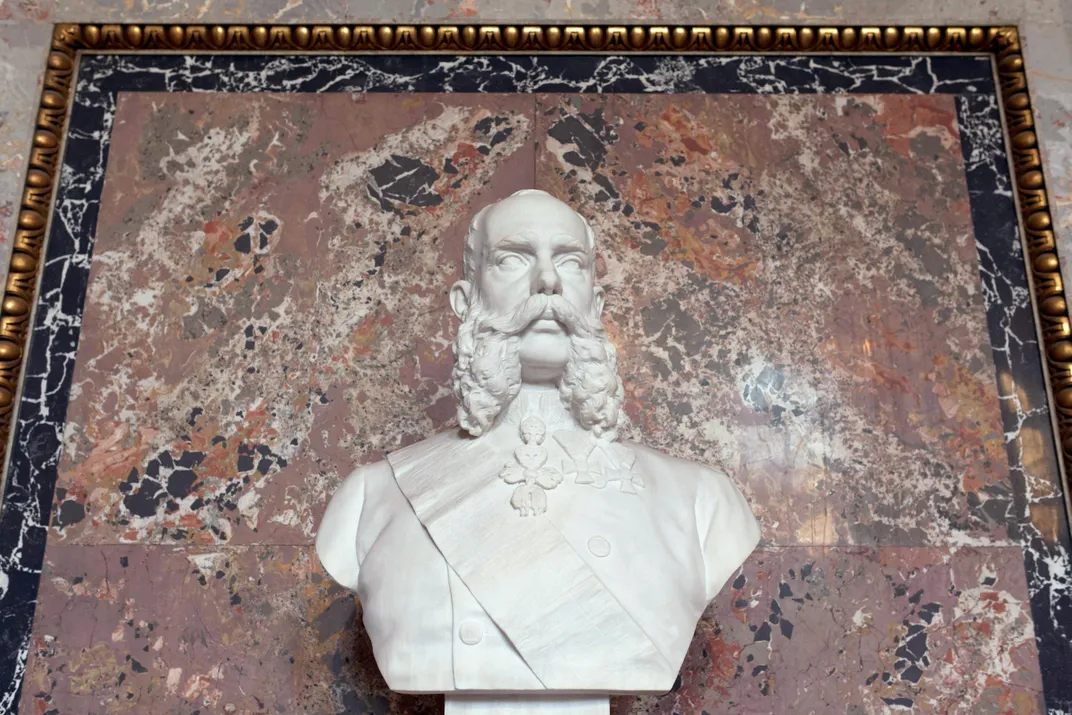
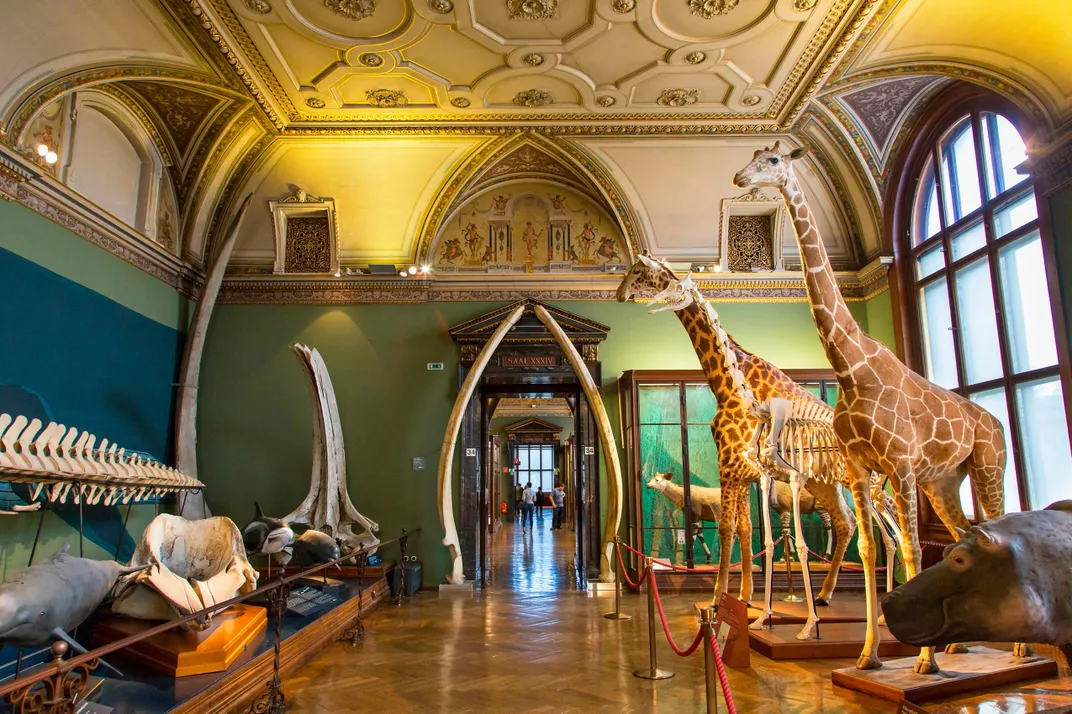
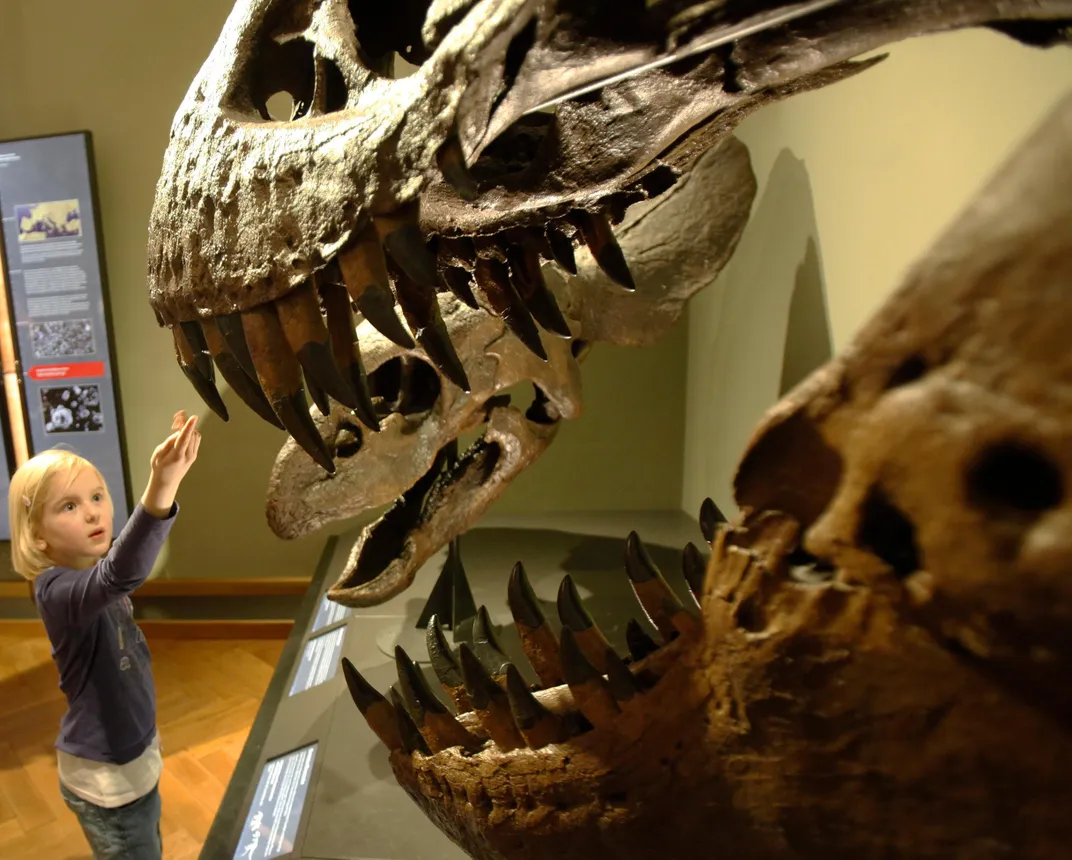
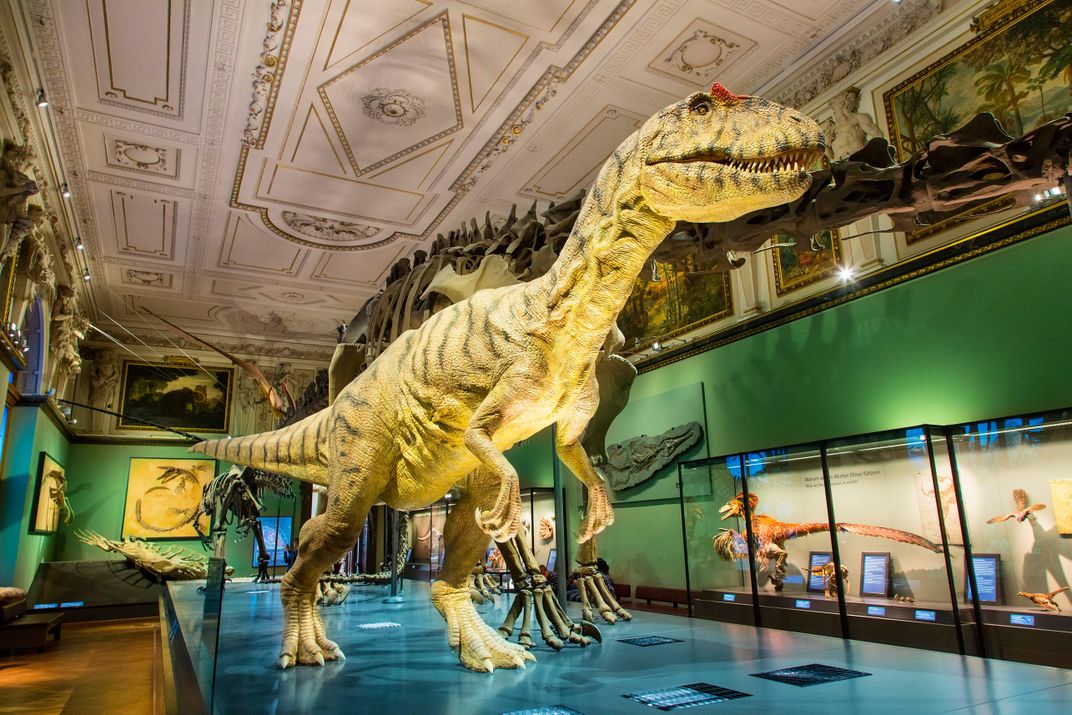
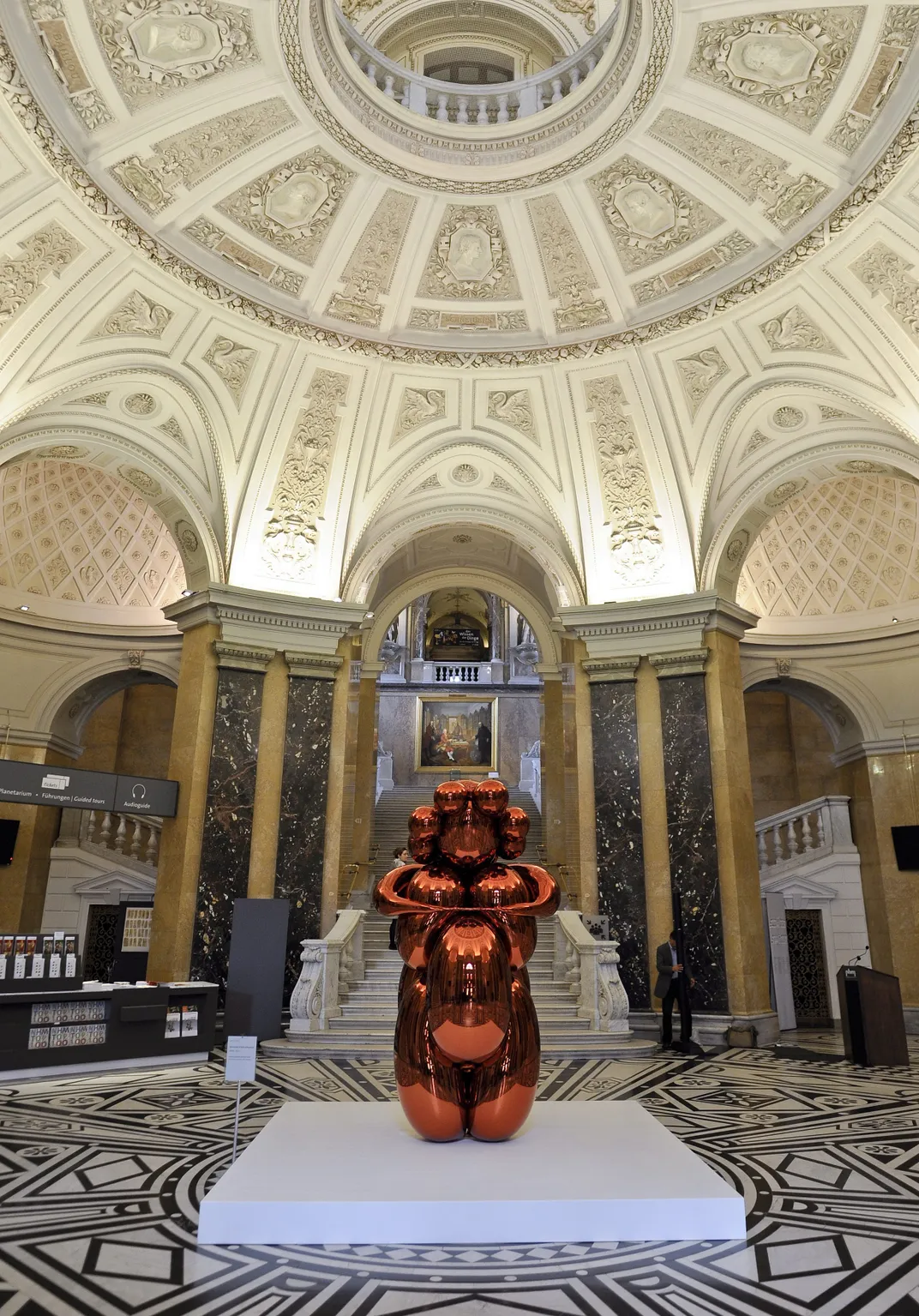
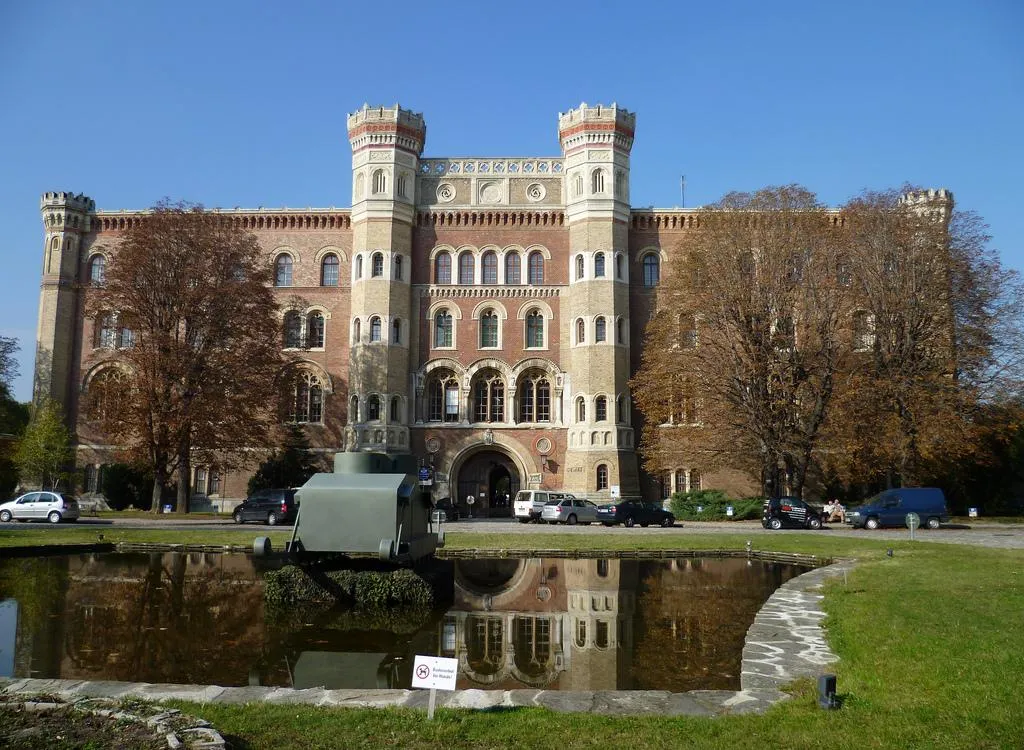
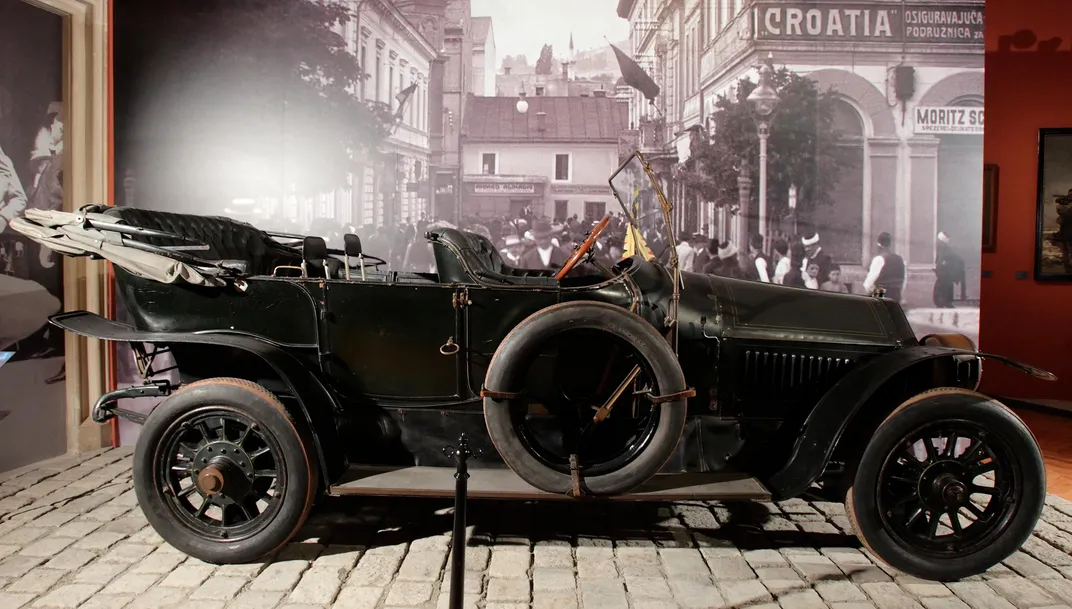
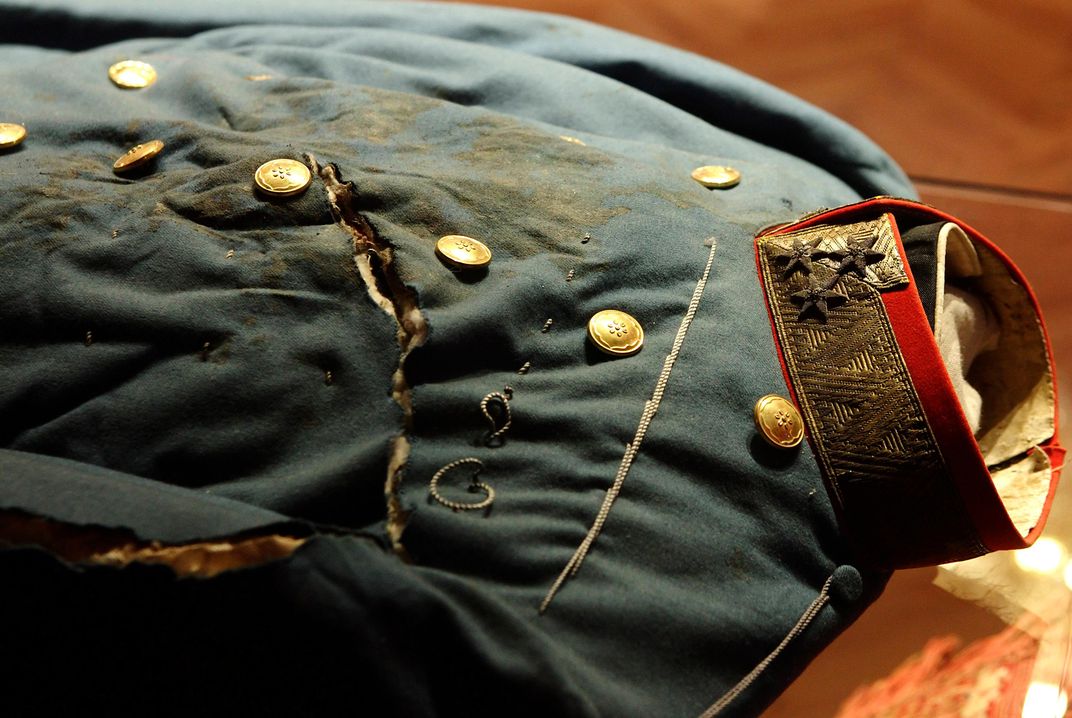
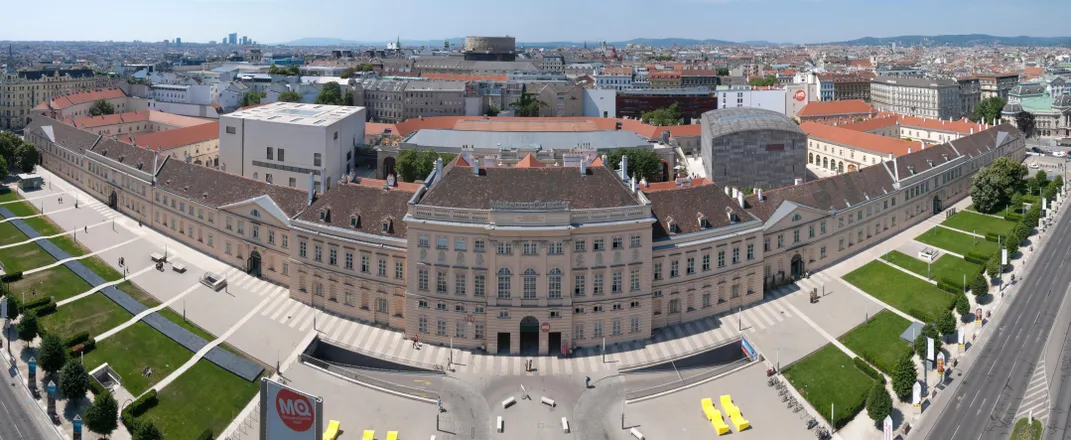
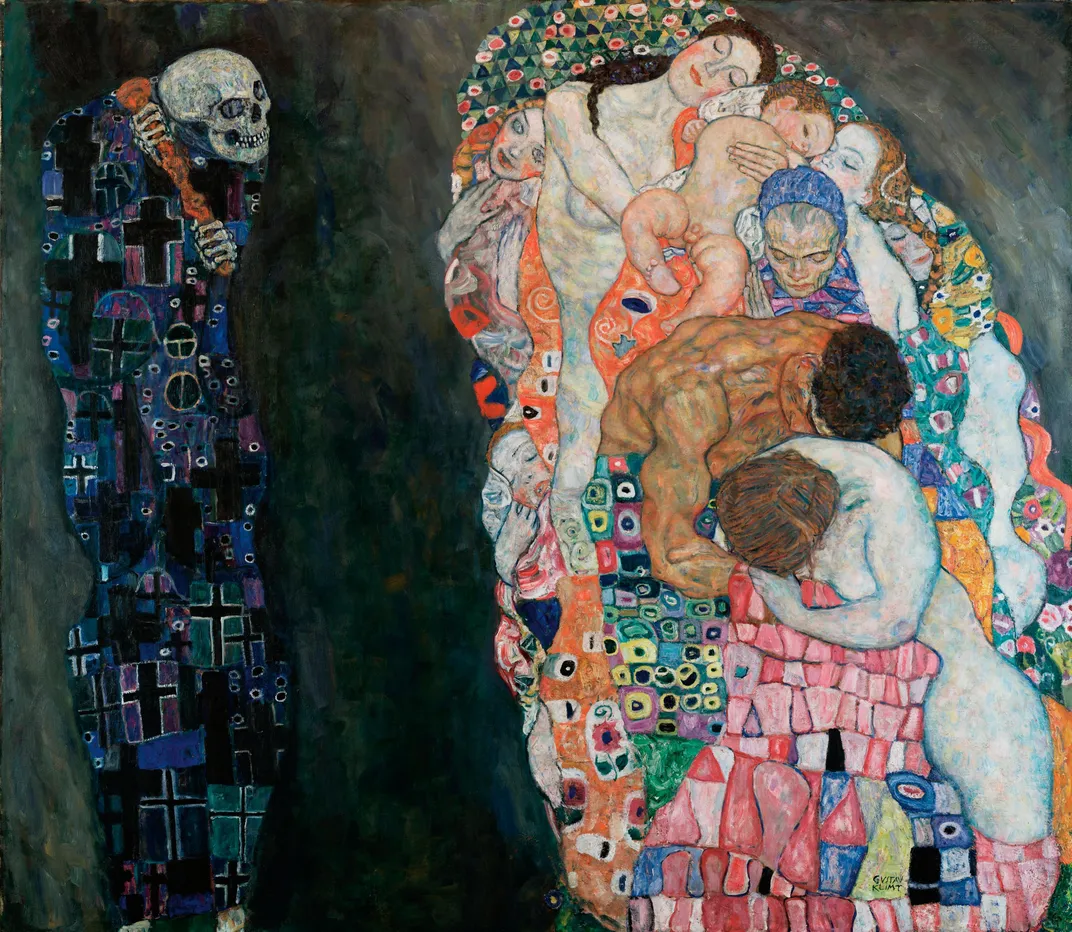
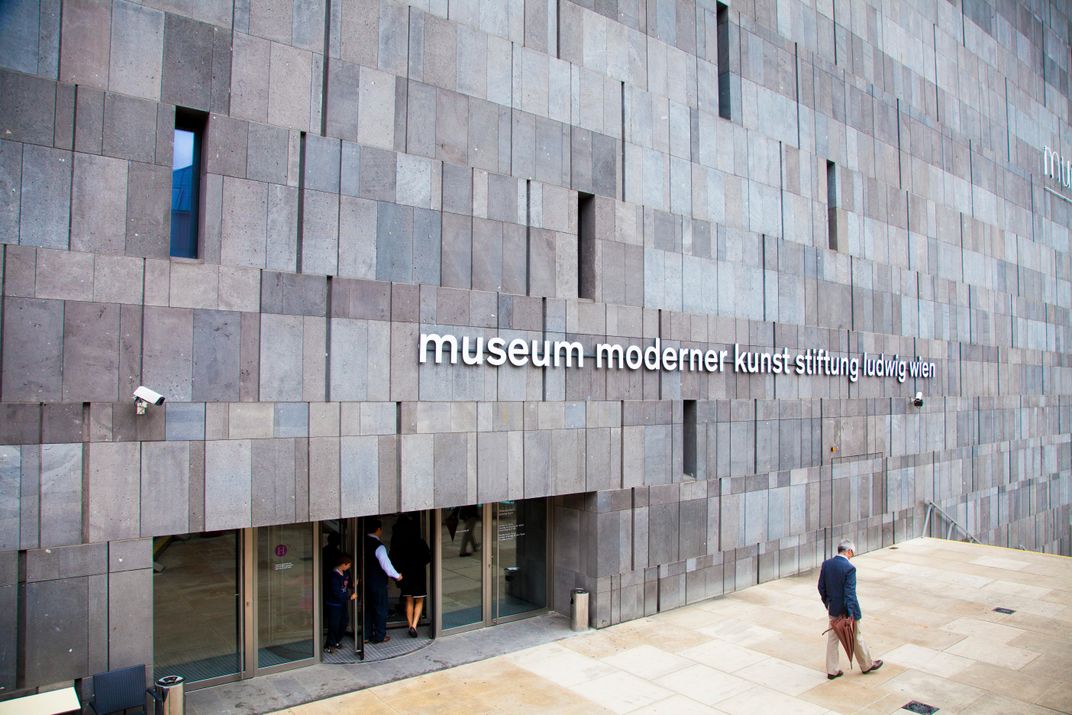
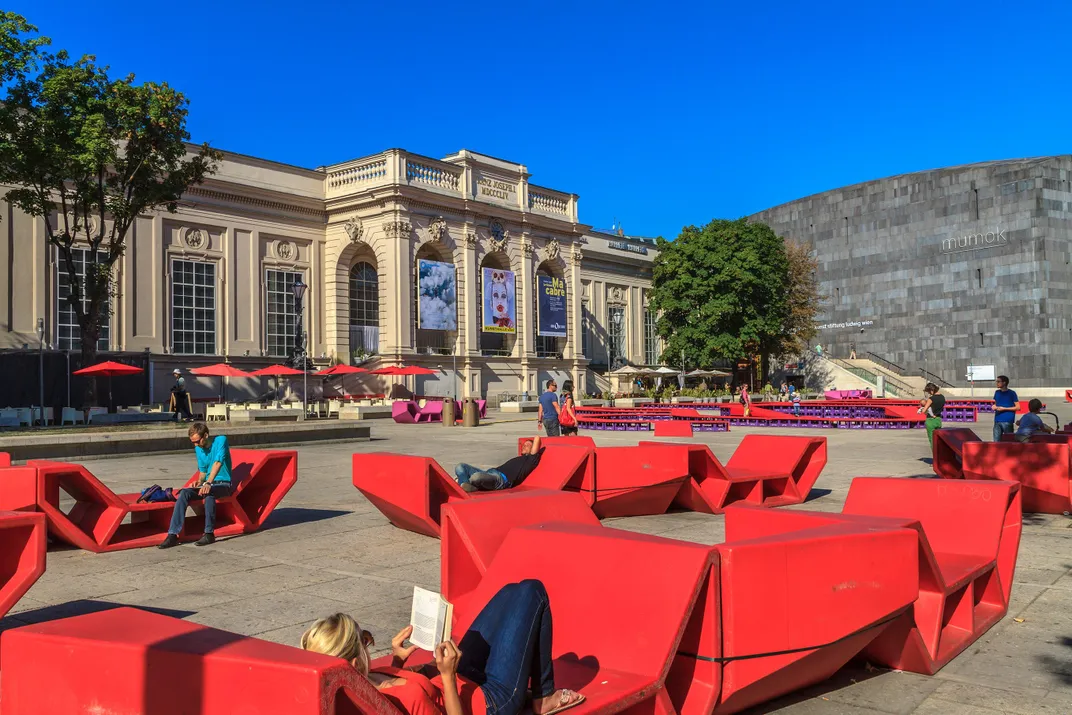

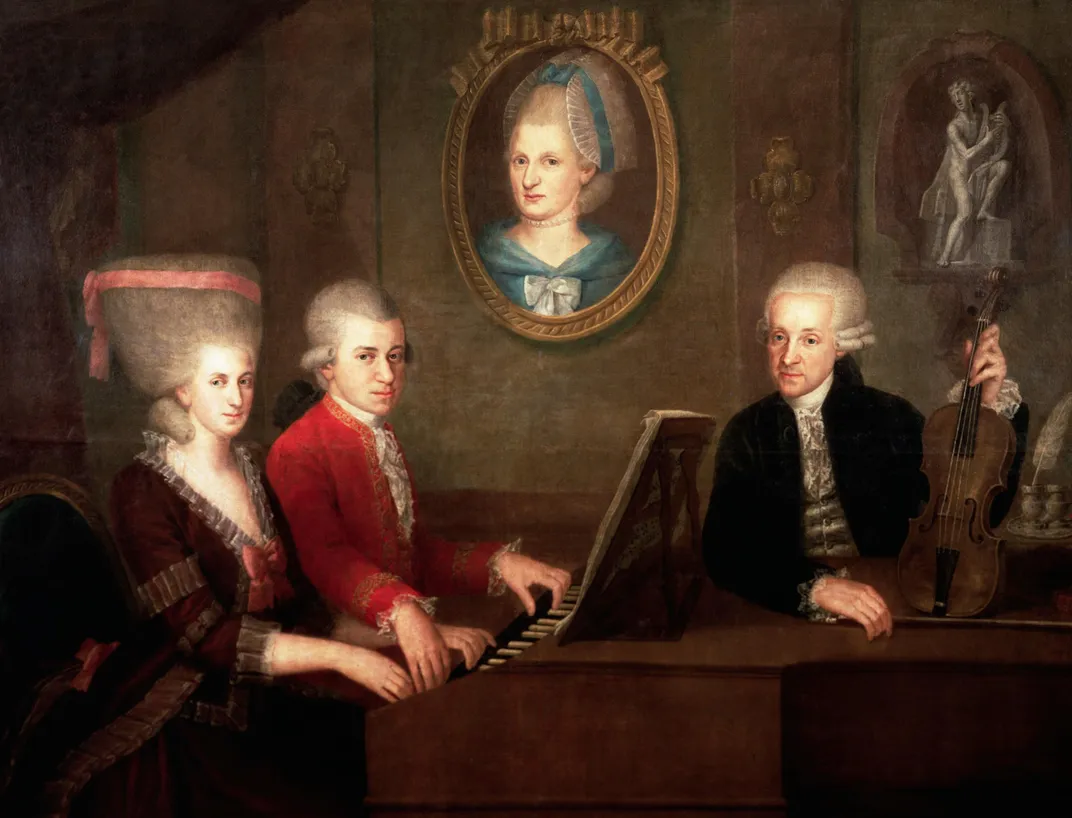
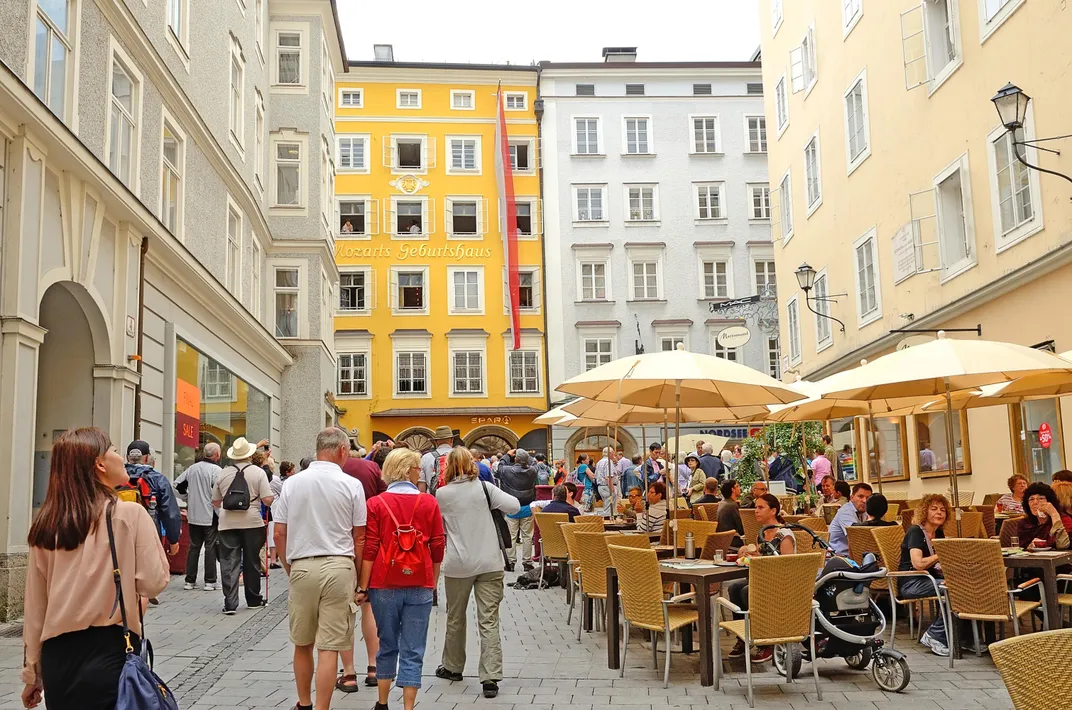
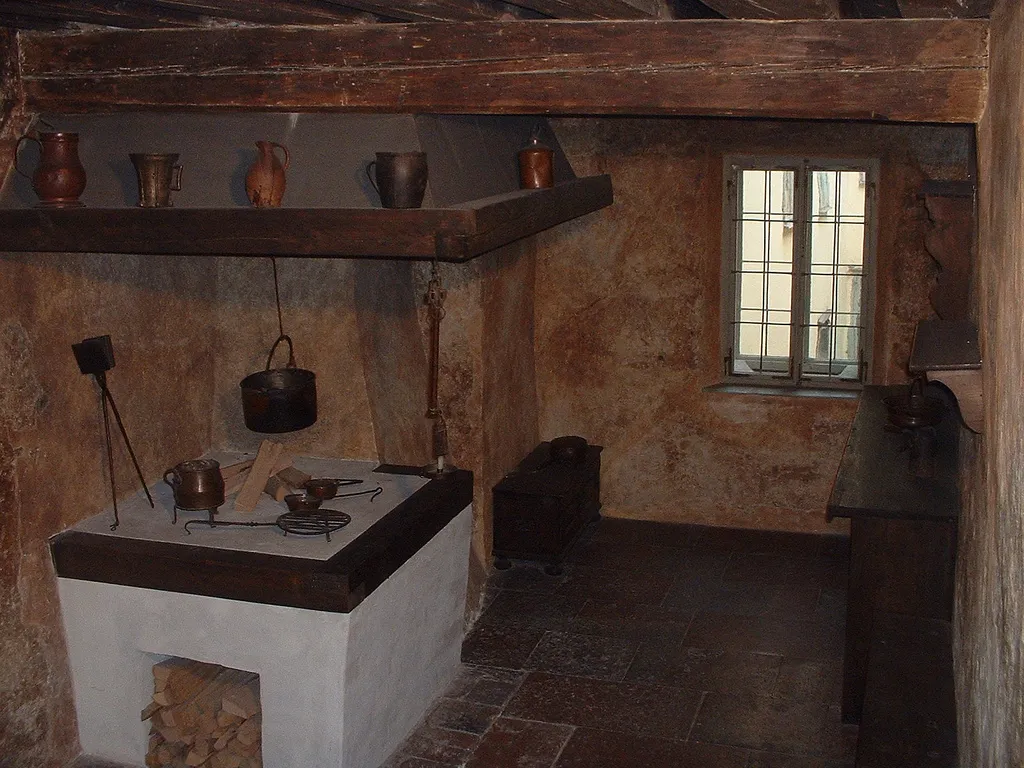
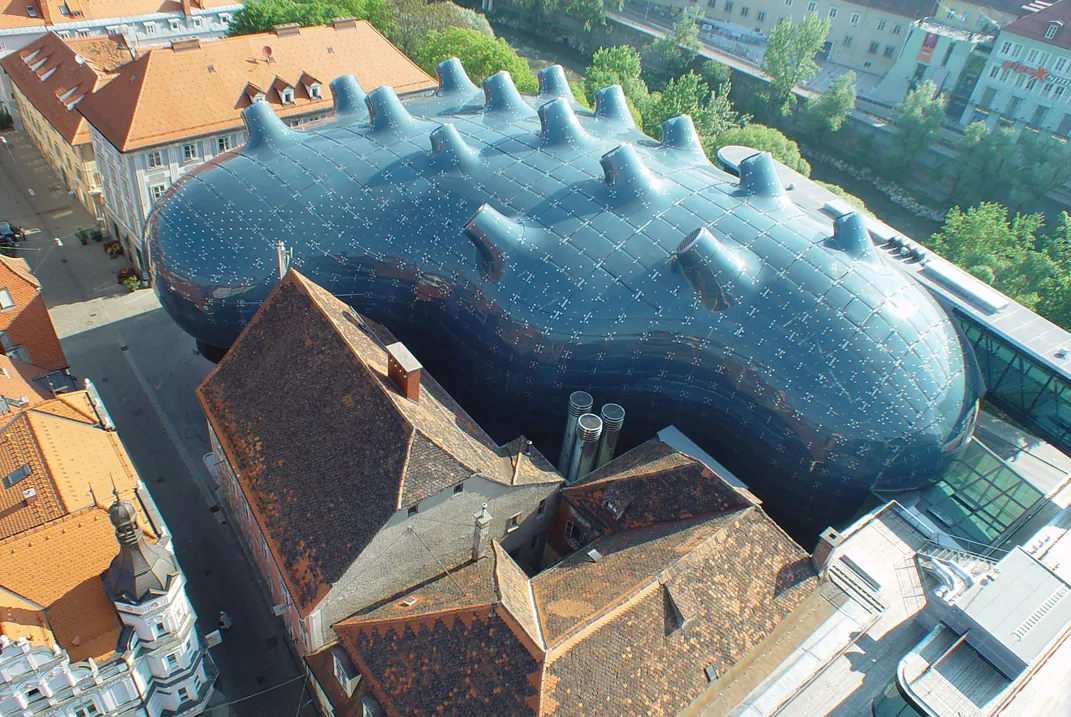
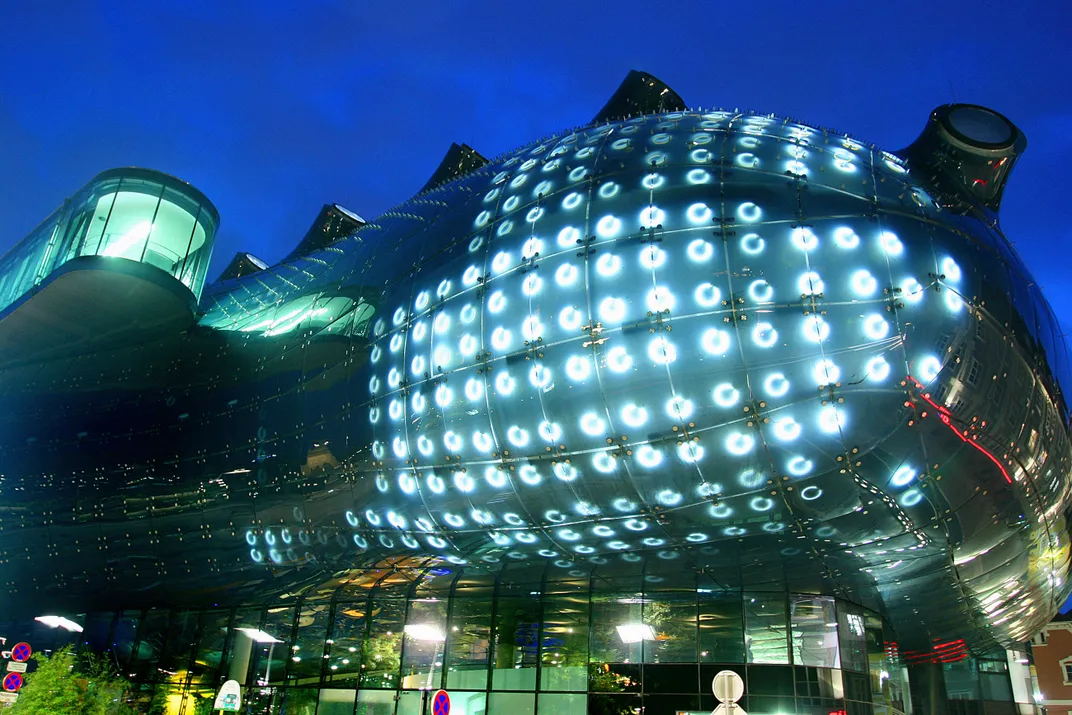
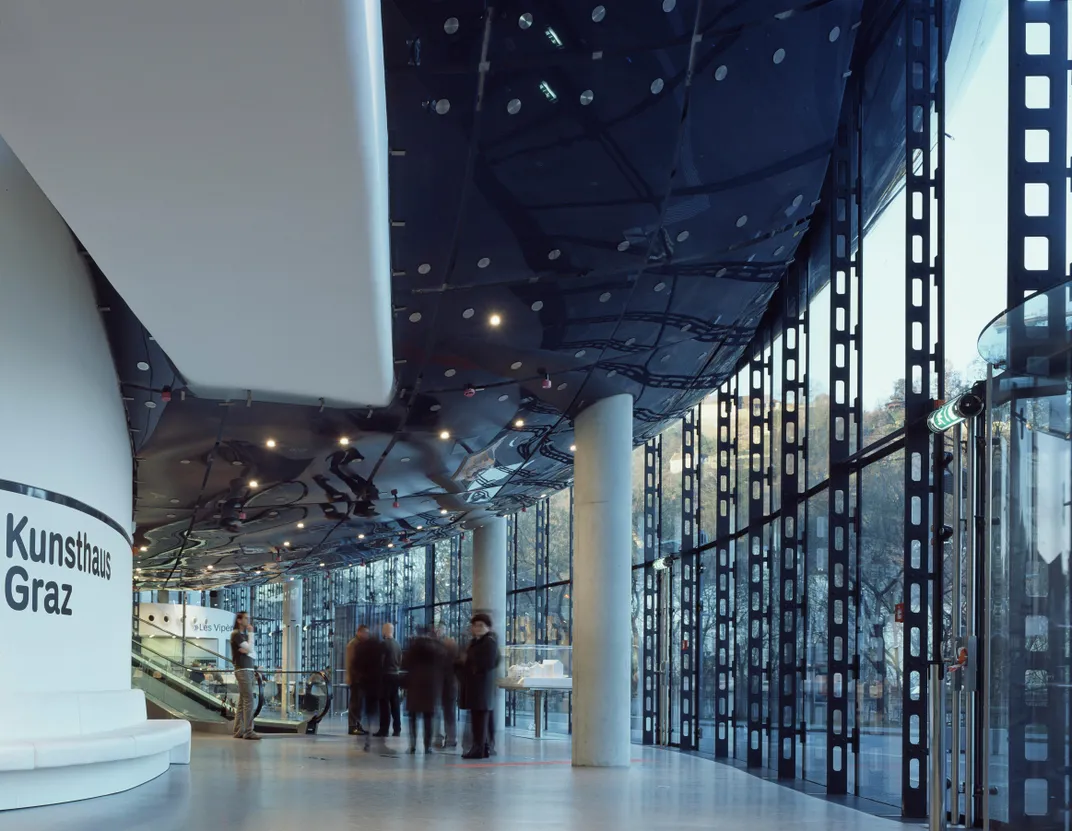
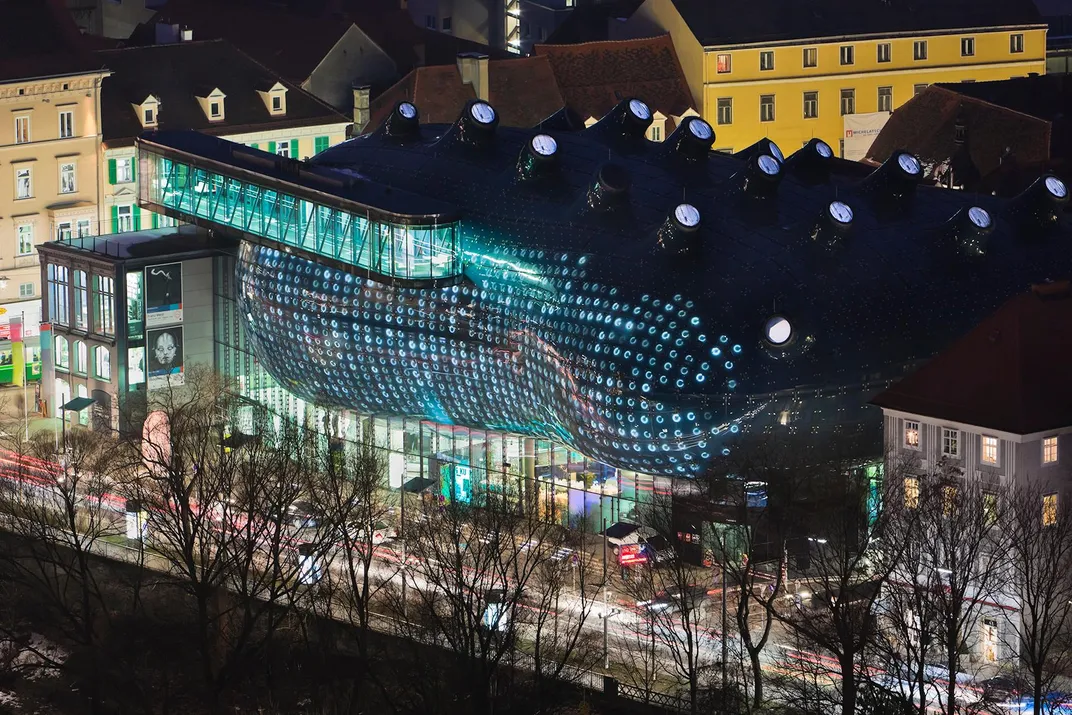
/https://tf-cmsv2-smithsonianmag-media.s3.amazonaws.com/accounts/headshot/erin.png)